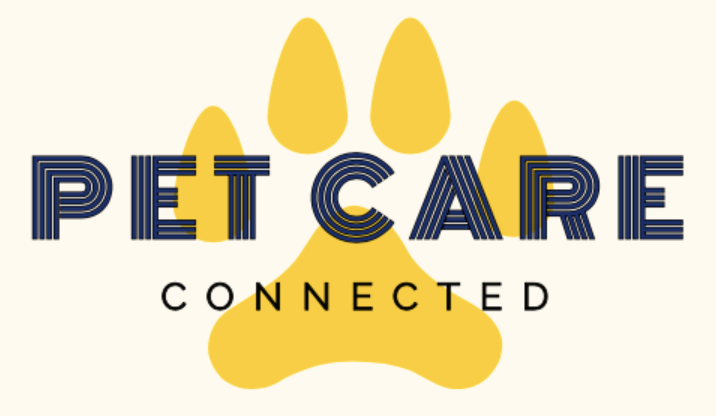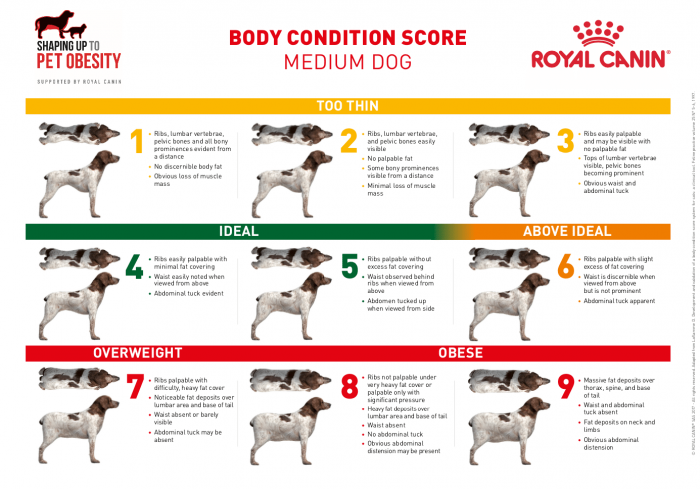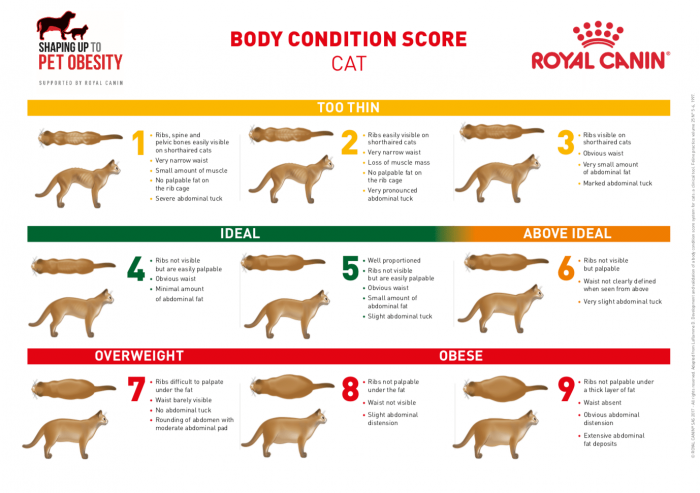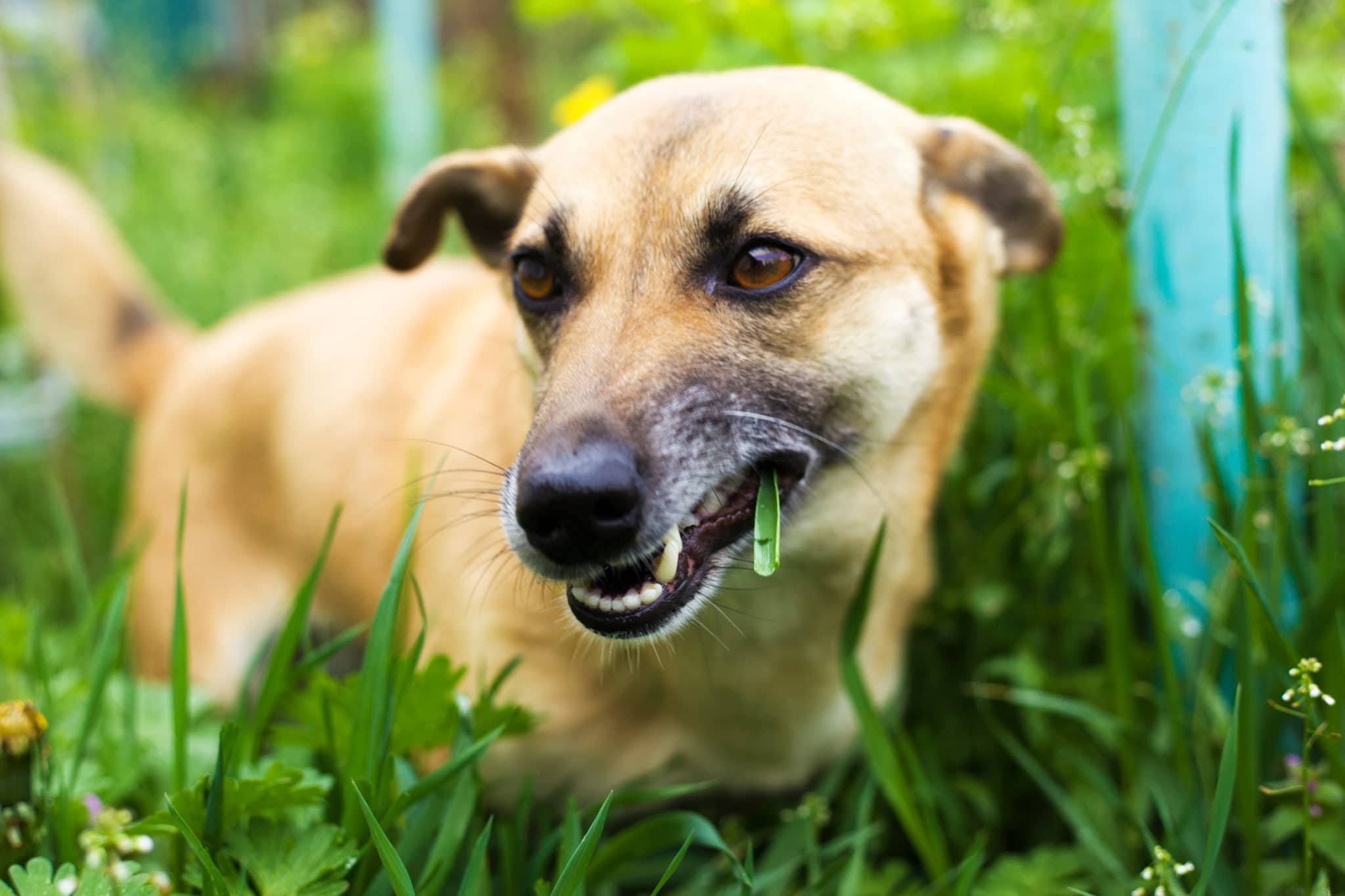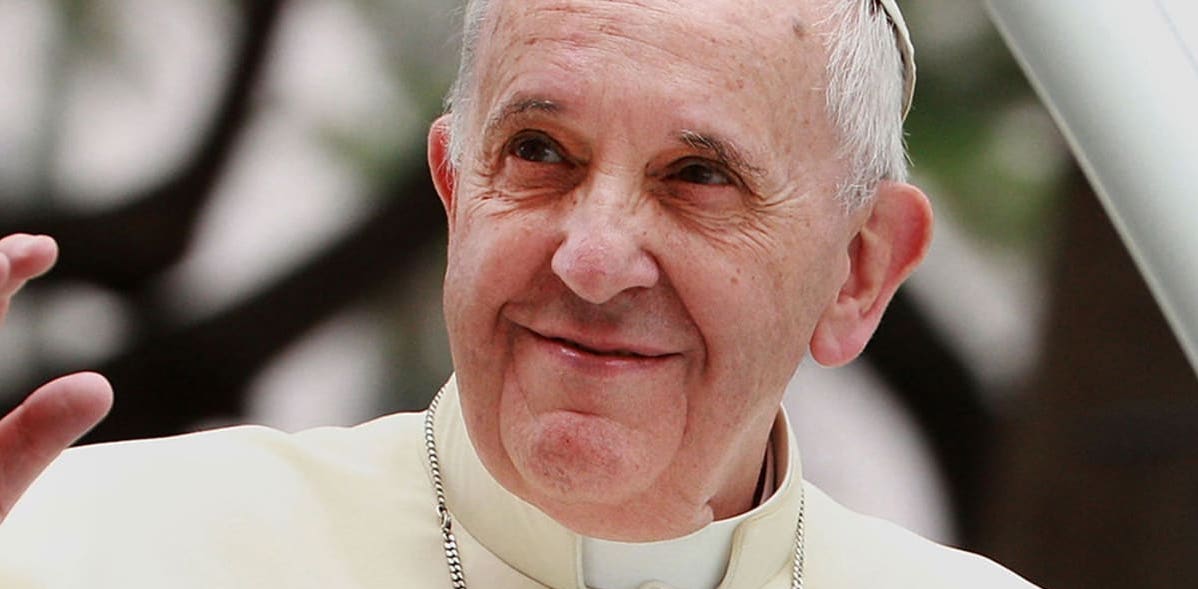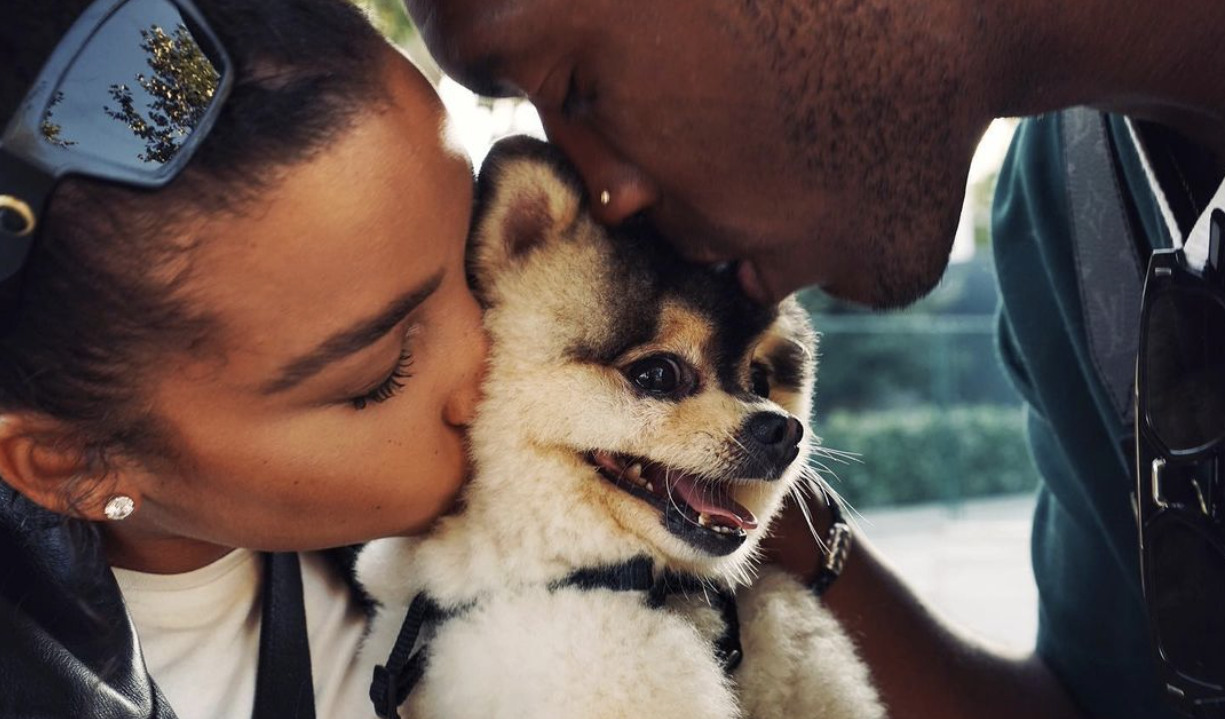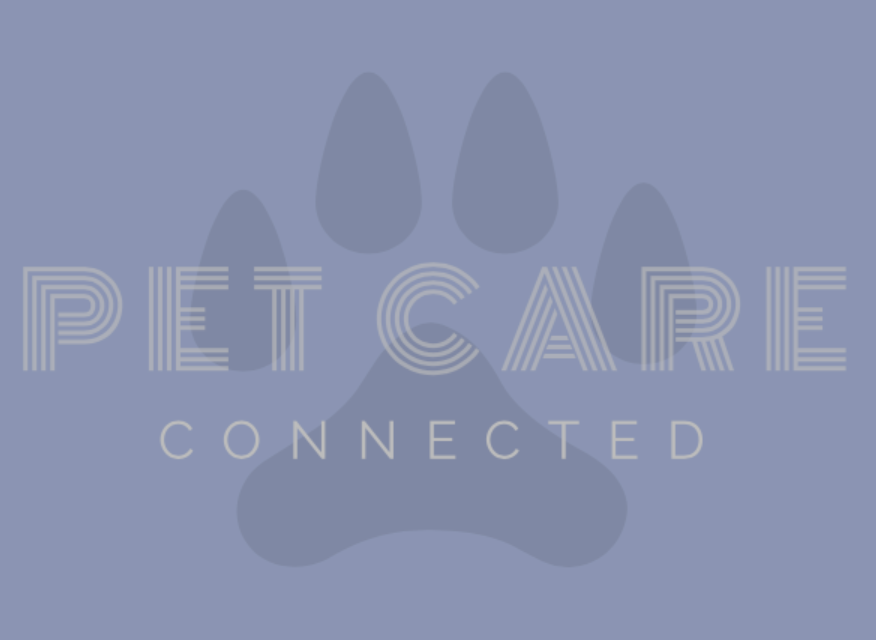In America, over one-third of domestic dogs and cats are overweight. As is the case with us, obesity can have major consequences on our pets’ health, lead to a diminished quality of life, and can even shorten your pet’s lifespan.
Serious problems that can arise due to obesity include:
- Heart disease
- Trouble breathing
- Arthritis and mobility issues
- Hypertension (high blood pressure)
- Diabetes
- Liver disease
Clearly, letting your pet become overweight comes with a high price and should definitely be avoided. However, the first step in addressing obesity is being able to recognize it in the first place. One reliable way to determine if your pet is overweight is by determining his or her Body Condition Score. With this numerical scale, you will be able to accurately gauge whether your pet is underweight, overweight or just right.
Have a look at the images below and try to determine where your pet lies on the Body Condition Score scale from 1 to 9.
As you can see, an ideal Body Condition Score is a 4 or 5 out of 9. Anything higher, and your pet may considered overweight or even obese.
If you’ve determined that your pet is at their ideal weight, that’s great! You’re all set, and you should continue doing what you’re doing. However, if you’ve discovered that your pet is a 6, 7, 8 or even 9 out of 9 on the Body Condition scale, the next step is to determine what the reason for this is.
Below are the top 8 most common reasons that pets become overweight.
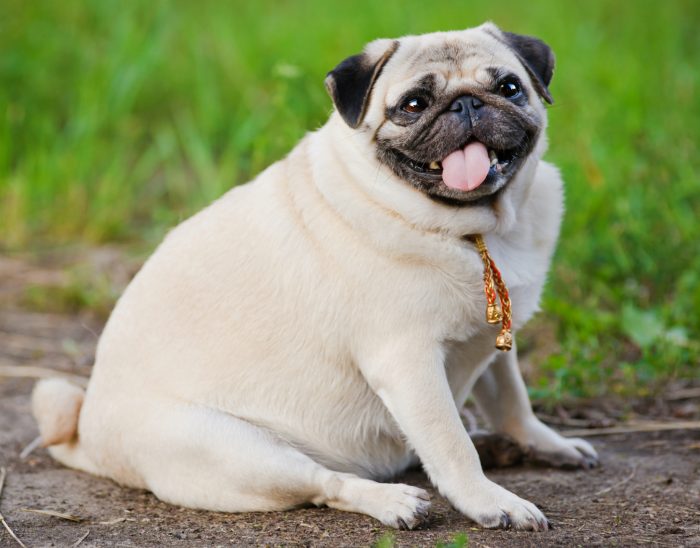
1. You are feeding your pet the wrong amount of food
Hands down, the number one reason that dogs and cats become overweight is that they are overfed. This often occurs because many pet owners are simply not aware of how much food their pet actually needs. Thankfully, most pet food companies have a feeding guide for each type of food they make and they tend to be pretty reliable and accurate. You can usually find these guides in the form of a chart on your pet food’s packaging. Alternatively, this information is usually present on the pet food company’s website.
Most often, recommendations for how much to feed your pet will be based on your pet’s weight. It’s important to remember, however, that these recommendations are based on your pet’s ideal weight. This means that if your pet is overweight, you should NOT use their current weight when referencing the feeding guide. Instead, you should feed the amount of food recommended for how much your pet should ideally weigh. If you’re unsure what your pet’s ideal weight is, your veterinarian should be able to help.
Example: If you have a dog that currently weighs 50 lbs but his or her ideal weight is really 35 lbs, reference your pet food’s feeding guide and feed him or her the daily amount appropriate for a 35 lb dog.
Please also remember that the amount of food your pet needs will change as they age. Puppies and kittens will need an increasing amount of food as they continue to grow and develop. Once dogs and cats reach their adult weight, their nutritional needs will plateau. Finally, as dogs and cats enter their senior years of life, they will typically require less food as their activity level declines and they naturally start to burn less calories on a day to day basis.
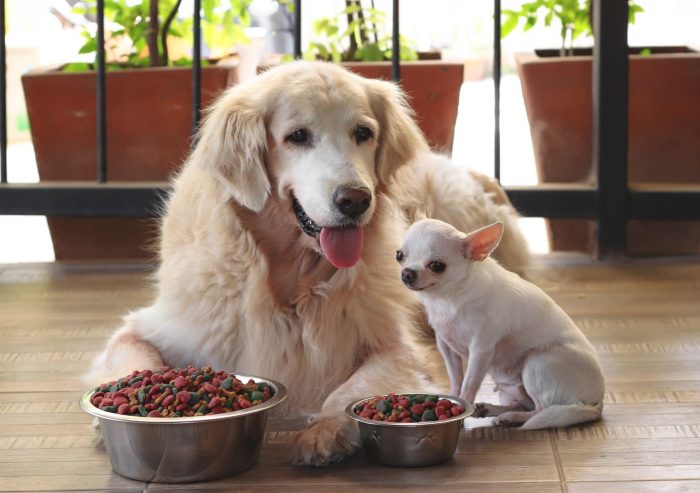
2. You are "free-feeding" your pet
Another common mistake people make is “free feeding” their pet. If you put out a large, unmeasured amount of food and then refill the bowl anytime you notice that the food is running low, you are free-feeding your pet and effectively inviting them to an all-you-can-eat buffet, all day, every day! Since most pets naturally experience pleasure from eating, the majority of them will just keep eating throughout the day as long as food is available. As you can imagine, this can really pack on the pounds.
Instead of free-feeding, determine how much food your pet actually needs on a day to day basis as described above and do not offer your pet more than this amount per day.
3. Your pets are eating each other's food
If you have multiple pets and feed them all together, or worse– all from the same communal bowl, this could be a recipe for obesity. You see, if all your pets eat together, you will not be able to control and gauge how much each one eats throughout the course of the day. This is problematic because it’s likely that at least one pet will eat more than they should, resulting in weight gain.
To avoid this problem, measure out each of your pet’s meals and feed them separately, ideally in different rooms. If one of your pets is a “grazer” and prefer to eat slowly throughout the day, make sure to pick up any uneaten food before the other pets get to it. You can then offer the grazer his or her leftovers later in the day, away from the other animals.
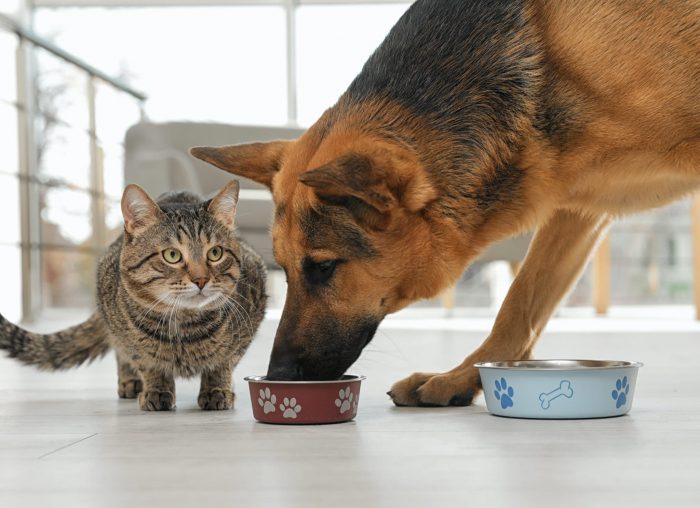
4. You are giving your pet too many treats
As a general rule, treats should make up no more than 10% of your pet’s diet. This is because treats are naturally higher in calories and depending on the treat, can also be higher in fat. If your pet is overweight, cutting back on the number of treats they get will usually go a very long way.
5. You are giving your pet too much "people food"
While it feels good to share your food with your pet, if you frequently find yourself sneaking him or her the last few bites of your meals, you’re likely doing them more harm than good. A lot of the foods we eat tend to be higher in calories depending on the way the food was prepared as well as the ingredients, sauces, and seasonings used. Not to mention, some foods can seriously upset your pet’s gastrointestinal system or even be toxic. Remember too that young children are notorious for dropping food on the ground, and this can be a major source of additional food intake for your pets.
Clearly, limiting how much “people food” your pet gets is a good idea, for more reasons than one.
Related article: Owners Beware – The Top 6 Most Lethal Foods For Pets
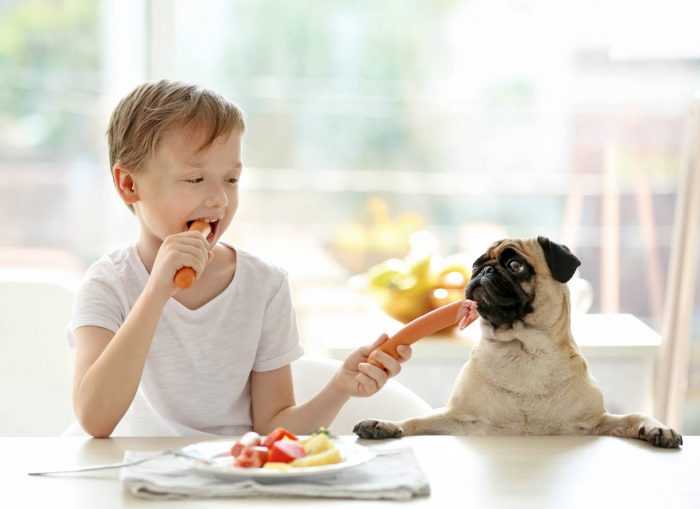
6. Other people are also feeding your pet
Communication between all of your pet’s caregivers is critical when it comes to your pet’s health. Make sure it’s clear who is supposed to feed your pet on which day of the week so that your pet doesn’t accidentally get fed multiple times in a single sitting. You might be surprised to hear how often this happens.
It’s also common for outdoor cats to be fed by multiple people within a neighborhood. Make sure to talk to your neighbors to make sure they are not feeding your cat without you realizing!
7. Your pet isn't getting enough exercise
With our increasingly busy schedules these days, it’s easy to skip a walk or two with your dog or a play session with your cat. However, these missed exercise opportunities can really add up in the long run and have consequences on your pet’s health.
Make sure your pet gets enough exercise by setting aside time each day for your pet to get active. Walking, running, hiking, swimming, playing fetch, and going to the dog park are just some of the many activities you can engage in with your dog. As for cats, there are a variety of toys that may peak your feline’s interests and get him or her moving. Some cats even enjoy leashed walks too.
Try aiming for 20-30 minutes of exercise per day. Not only will getting your pets active help keep them healthy, it can also help strengthen the bond you share with them and may even curb a number behavioral problems too. Not to mention, playing with your pet can do wonders for your own mental and physical health too.
Please remember, however, that the amount of exercise your pet may be able to engage in will depend on their overall state of health and any medical conditions that may be present. If your pet seems uninterested or unable to exercise to the degree that he or she once could, this may actually be a sign of illness. Please consult your veterinarian to determine if this is the case and to come up with an appropriate exercise regiment for your pet.
Related article: Top 7 Signs That Your Pet Is Sick
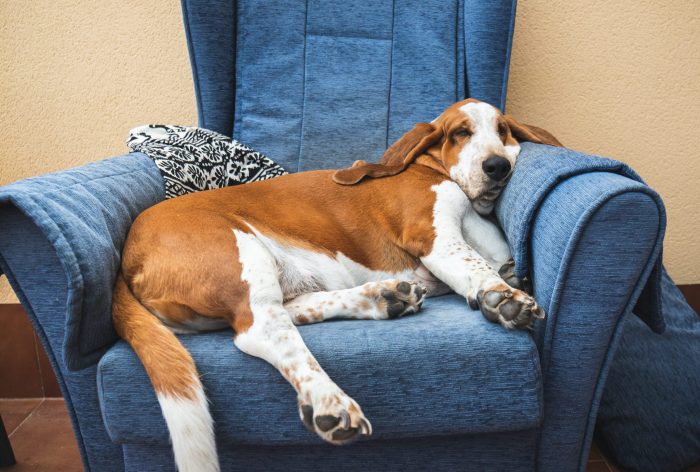
8. Your pet has a medical condition
In most cases, obesity in dogs and cats can be explained by one or more of the reasons listed above. However, if you’ve gone through this list and things still just don’t seem to add up, it’s possible that your pet may have a medical reason to explain his or her weight gain.
In middle-aged and senior dogs, a low level of circulating thyroid hormone can result in weight gain and chronic sluggishness. In addition, a fairly common condition called Cushing’s disease tends to make dogs very hungry and develop a potbelly.
However, the development of a big belly does not always indicate that your pet is becoming overweight. A distended abdomen in dogs and cats can also be the result of intestinal parasites, fluid accumulation, an enlarged organ, pregnancy, or even the development of an intra-abdominal tumor. Your veterinarian should be able to determine if any of these things are occurring with a few simple tests.
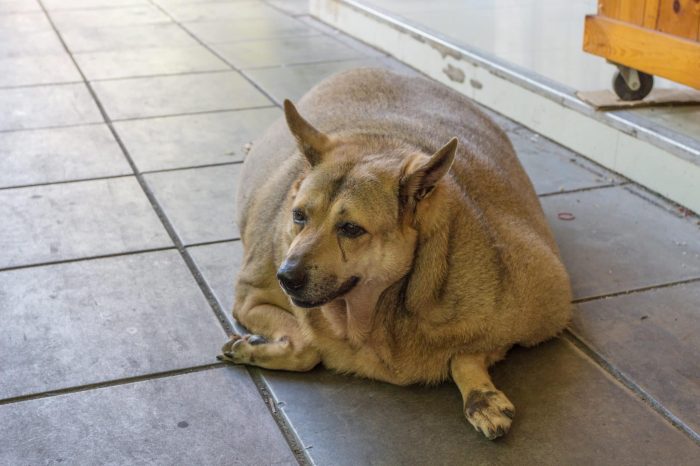
As you have learned, obesity is a growing problem in pets and can have a major impact on your dog or cat’s health. However, the truth is that our pets tend to become overweight due to mistakes that we as their owners make, not mistakes of their own. This is because our pets do not simply eat too much, for example – they eat what we give them.
We hope this article has helped you to determine whether your pet is overweight, what might have lead to this, and what you can do about it.
Thankfully, if caught early enough, a few simple lifestyle changes are all that is needed in most cases to get your pet’s weight back on track and get them living the life that they deserve.
